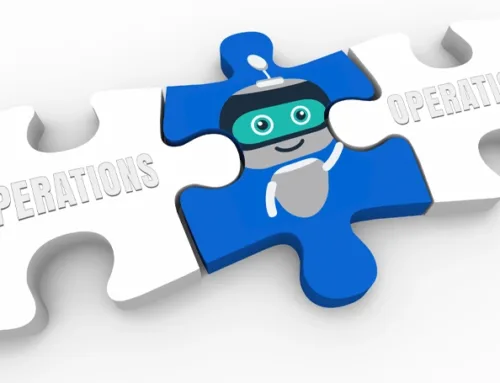Part 2: Claims Large Language Models and their Value
Consider a jigsaw puzzle with pieces you must find and put together. The task is easy and can be finished quickly if it’s a small puzzle of less than ten pieces. But consider a puzzle of less than 100 pieces. Besides understanding the picture and connecting all the pieces, it also becomes essential not to lose the relevance of one puzzle piece while trying to find and join the others.
A seasoned claims adjuster handed a stack of claims files is going through the process of putting together the puzzle with the pieces provided. Each claim file is filled with lengthy, dense texts that include accident reports, notes and scribbles, medical records, and unstructured text data. The adjuster has to manually sift through this entire trove of information to identify critical details, note discrepancies in claims statements, go through past claims records, spot inconsistencies, and determine the claim’s risk, stage of complexity, and validity. Straightforward claims are easy to manage and resolve. But claims with hundreds of notes, vague or haphazard data points, and gaps in narration can be mentally taxing and time intensive, with some crucial information falling through the cracks that may or may not be grasped till much later.
Now, picture all the above claims adjuster tasks being performed with the assistance of an insurance-trained Large Language Model (LLM) at a speed and scale much beyond human capacity, at a fraction of the cost, and with ten times the accuracy.
Given the humungous amounts of text data generated during the claims process, LLMs can significantly transform the claims management process. By doing the heavy lifting and taking over large parts of workload processing, AI models can optimize and expedite the claims process, increase accuracy, bring down costs, and substantially minimize the operational burden.
THE VALUE OF DATA
Claims systems are often a mix of structured and unstructured data. While the former can be read and referenced by claims adjusters, the latter cannot be easily understood. Besides, missing pieces or inconsistencies can present an incomplete picture of the claims, leading to erroneous conclusions. LLMs can unlock the validity of unstructured text data, providing a larger comprehensive overview that can help arrive at better outcomes.
SIMPLIFYING COMPLEXITIES
LLMs cannot just read unstructured data but can capture the nuances, contextual relevance, and details that adjusters often miss after the FNOL. By gathering observations, insights, and descriptions, a more detailed holistic picture of the claim is painted to arrive at better conclusions. For example, in claims with bodily injuries, knowing whether the damage is recent, an aggravation of a previous injury, or a medical condition unrelated to the case can help classify the claim based on risks. This can help manage reserves efficiently, avoid early attorney intervention, and resolve the issue quickly.


MANAGING UNFORESEEN CHALLENGES
Leveraging the unique insights of LLMs to improve claims management processes to achieve low costs and better outcomes gives insurers an edge, especially in today’s challenging markets, volatile conditions, and unpredictable situations. Pretrained on large claims datasets, such LLM models can build deep insights into the claims trajectory and flow, predicting claims behaviors.
CONCLUSION
Claims LLMs, like those integrated in Charlee.ai, work as an advanced technology engine, partnering with analysts to provide hitherto hidden insights and automate insurance operations. Pre-trained on carrier data across various lines, our claim LLM can interpret and summarize unstructured data and documents to benefit all kinds of insurers within insurance compliance parameters to assess, predict and help improve workflows and reduce loss expenses.
Written by: Dr. Charmaine Kenita
Technology and Business Writer



